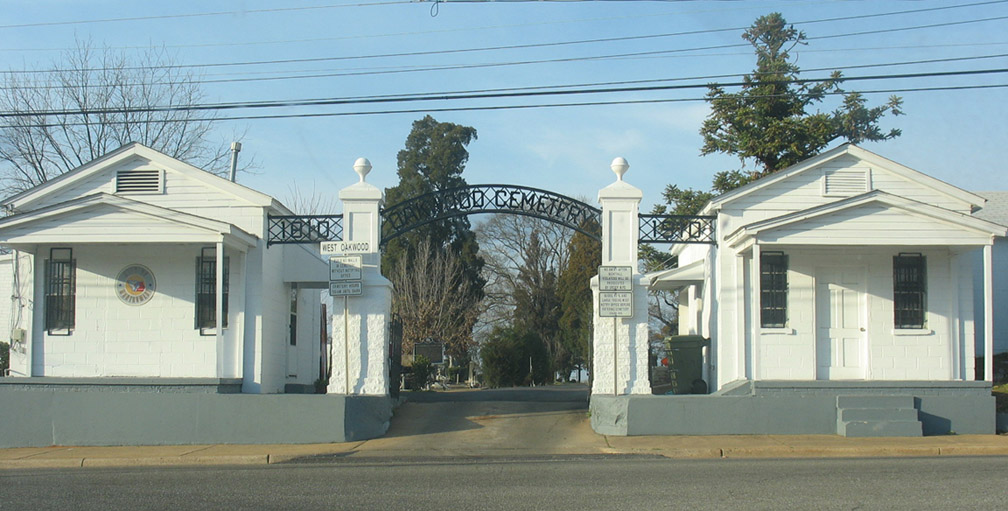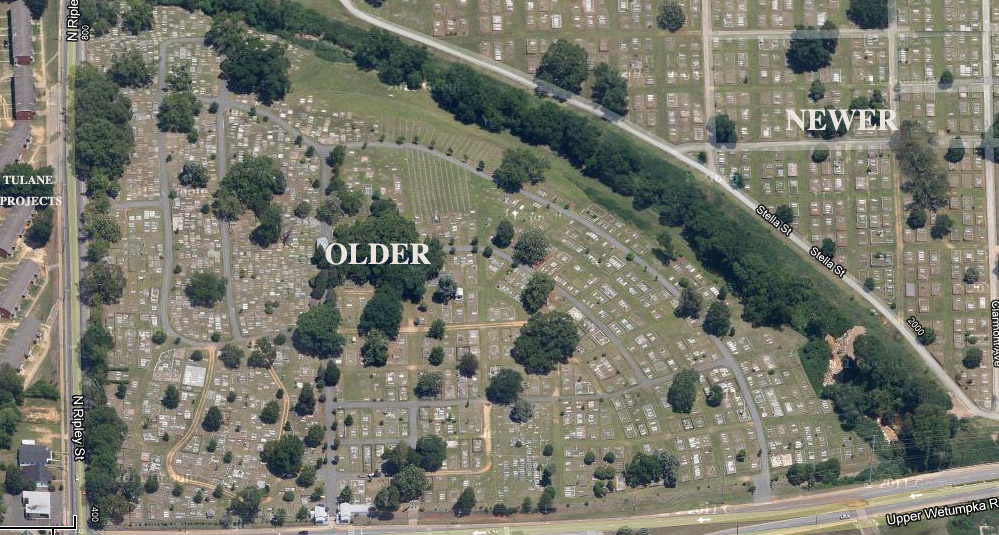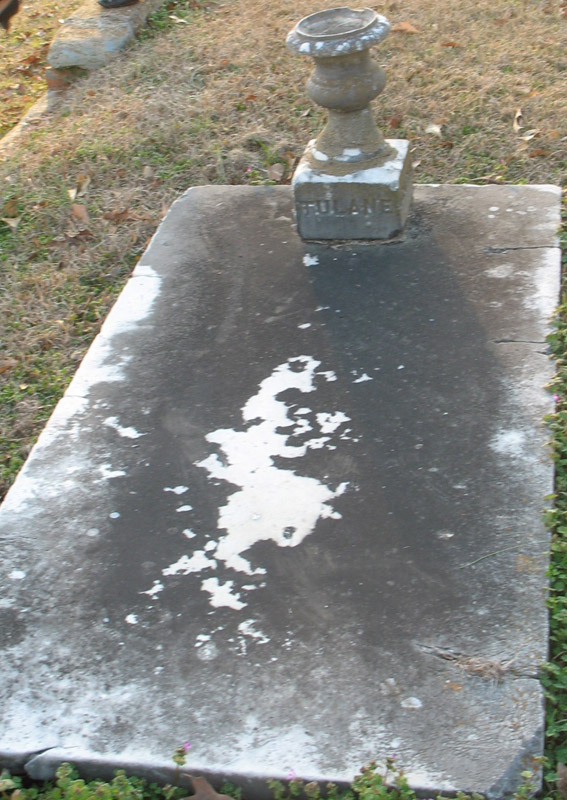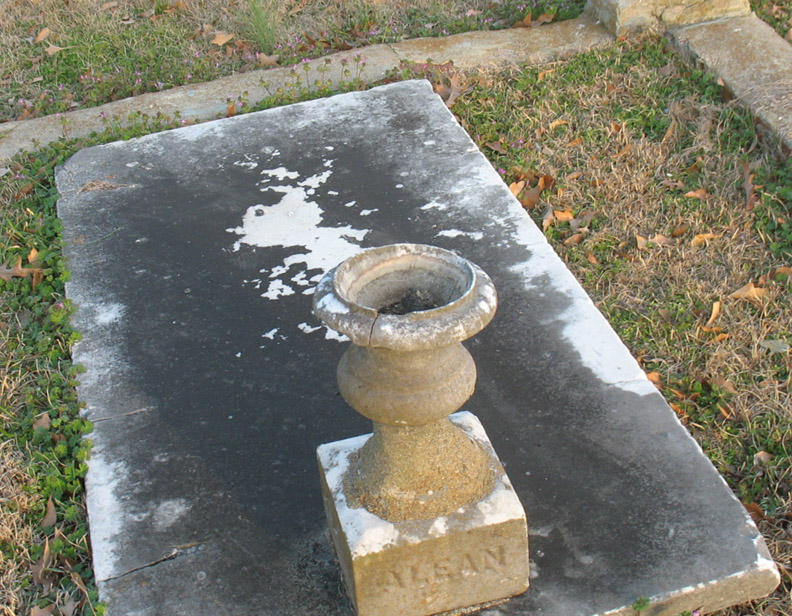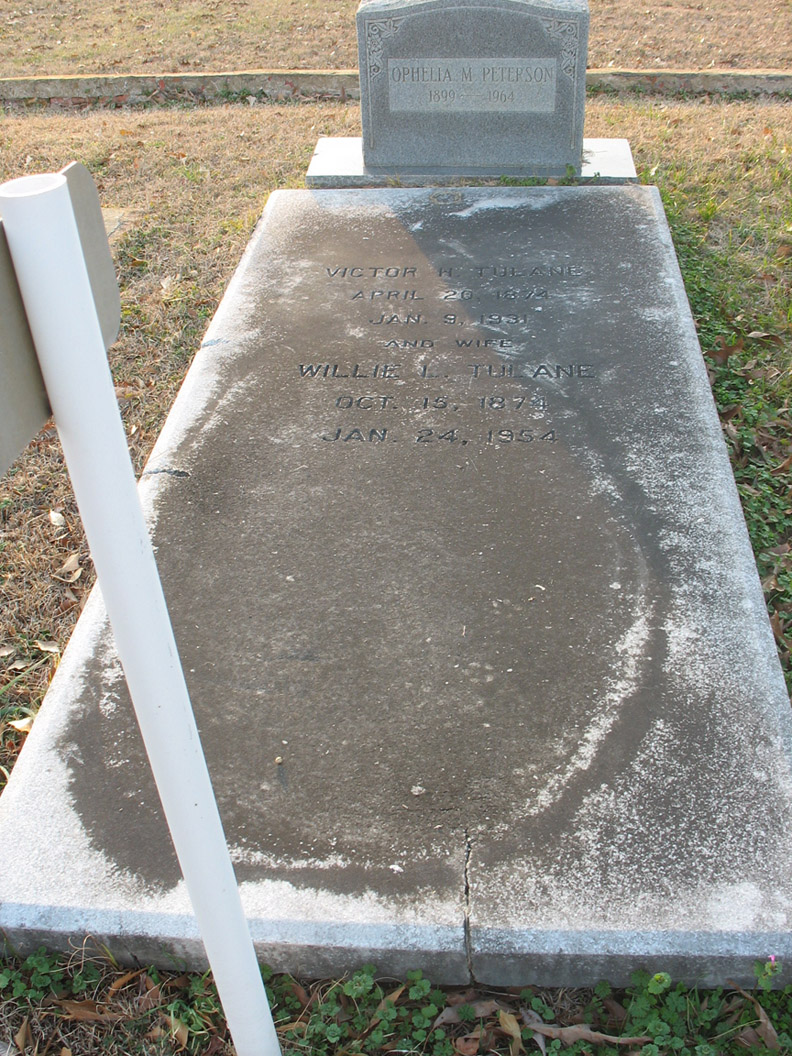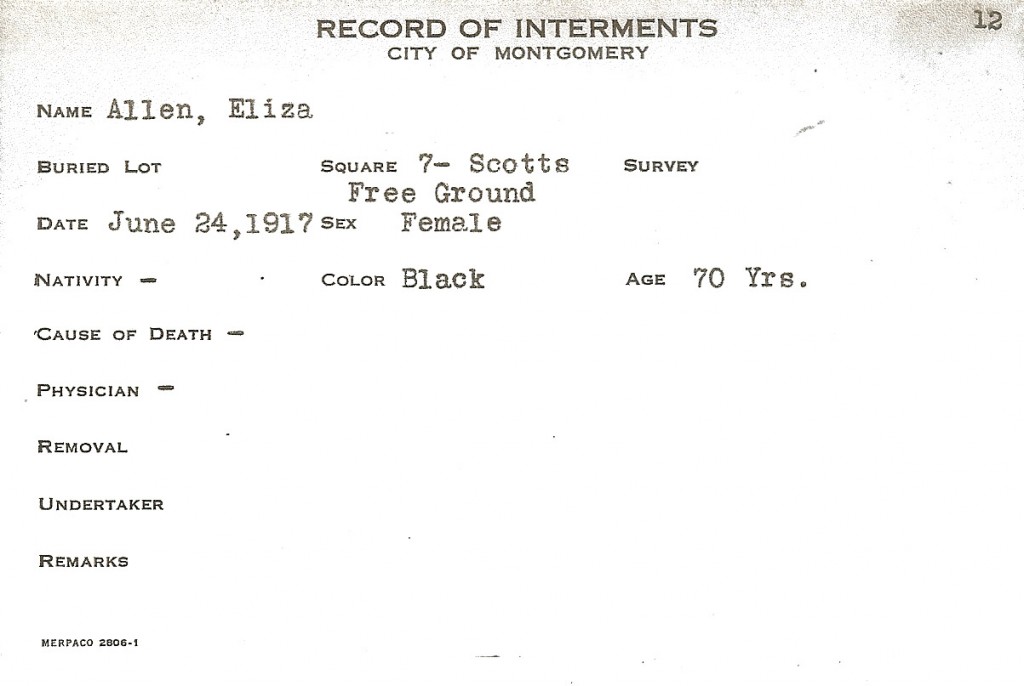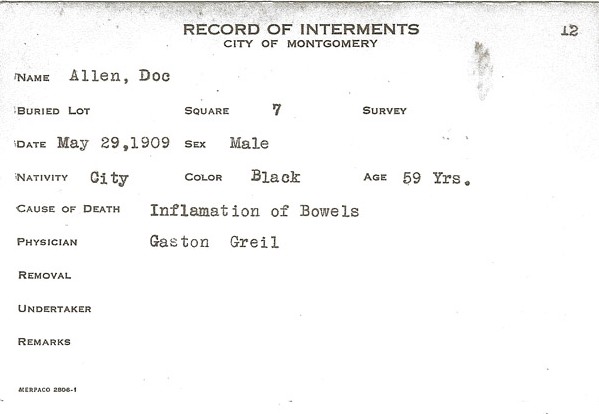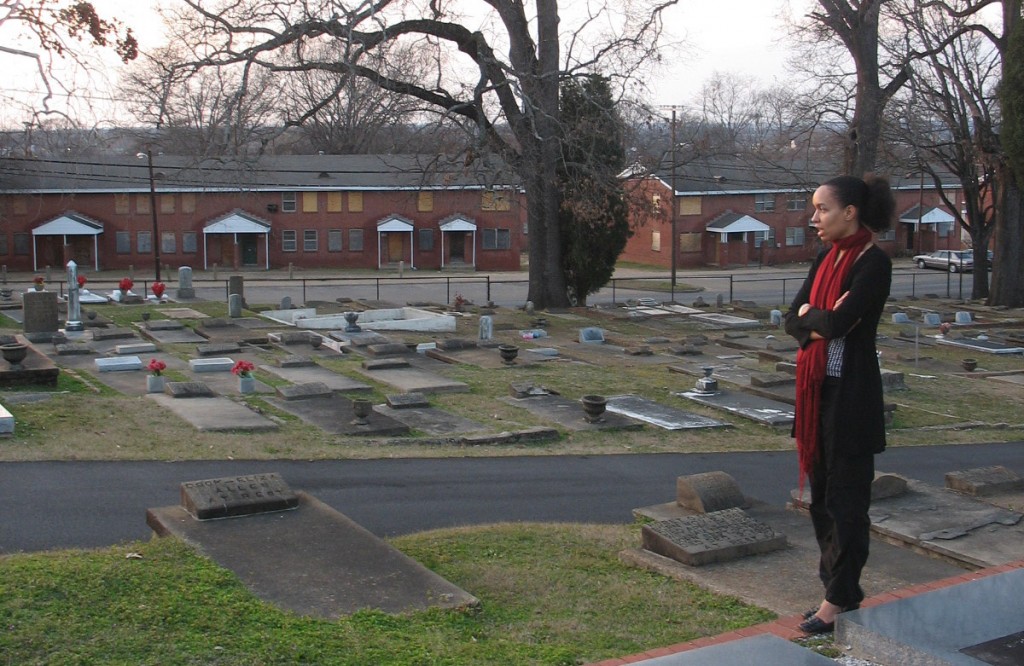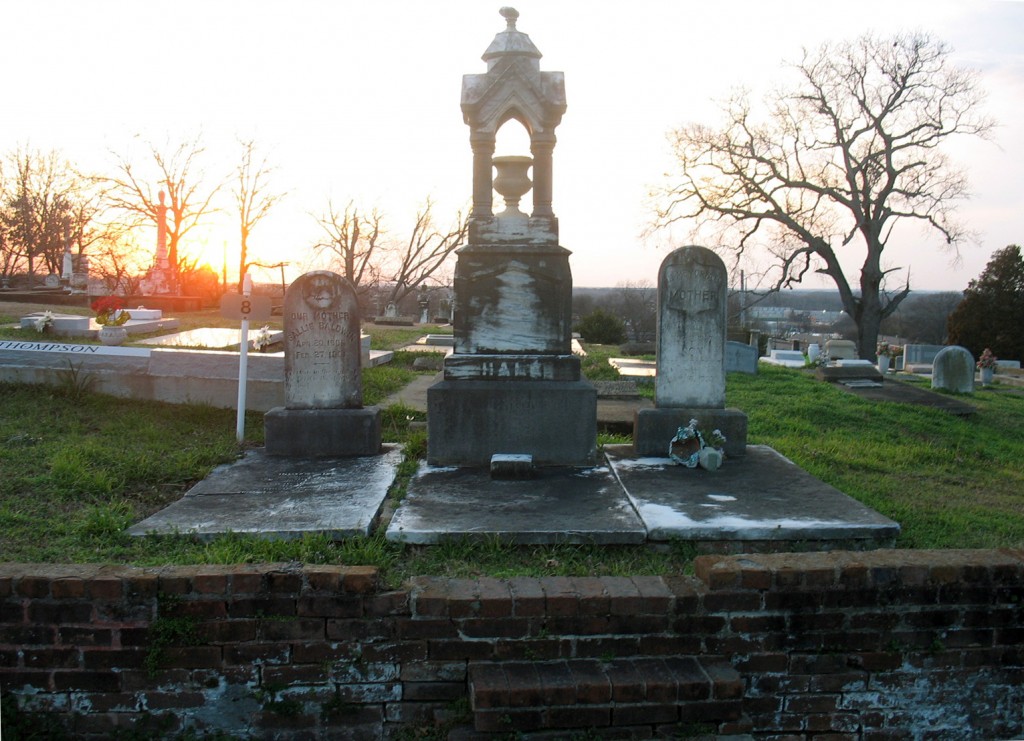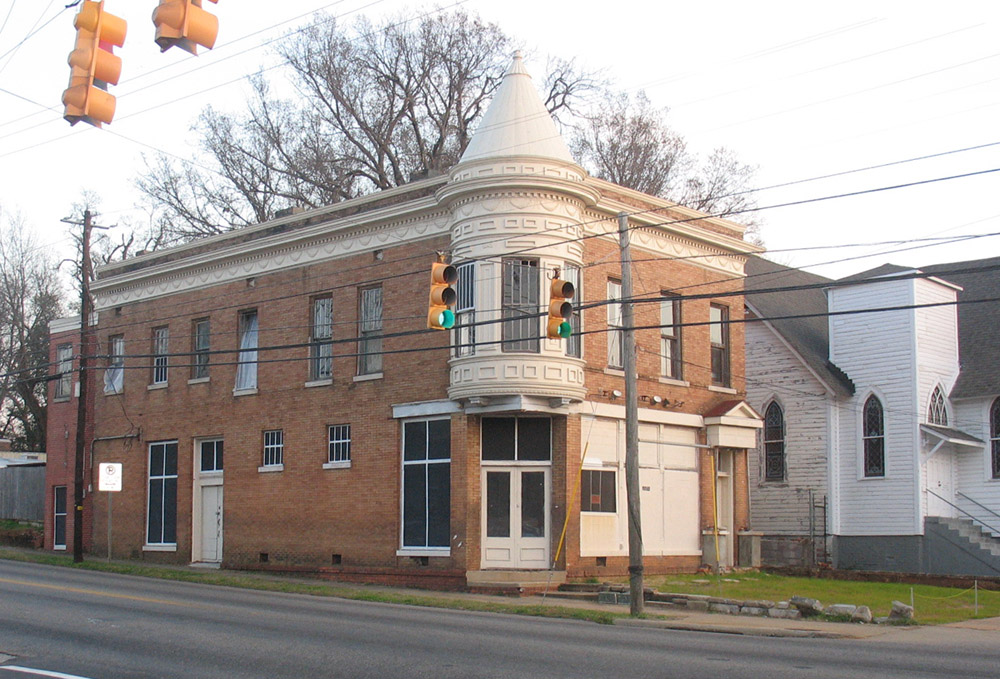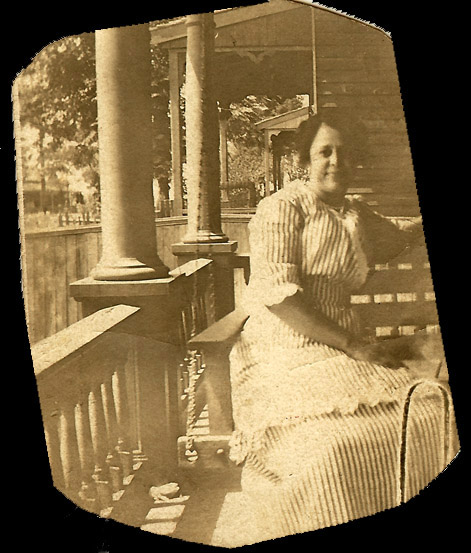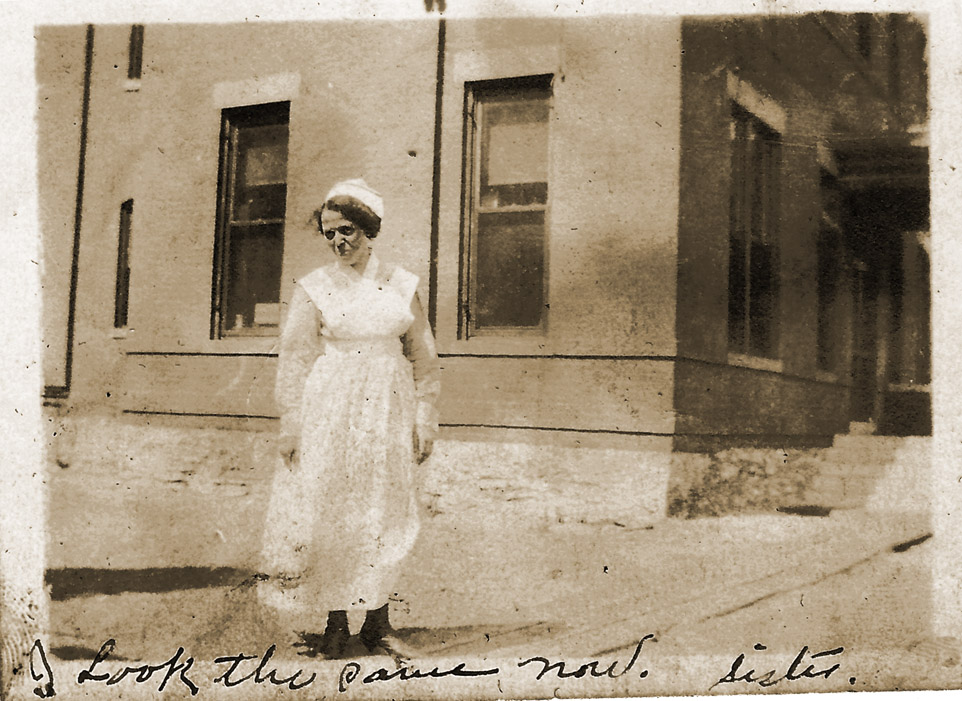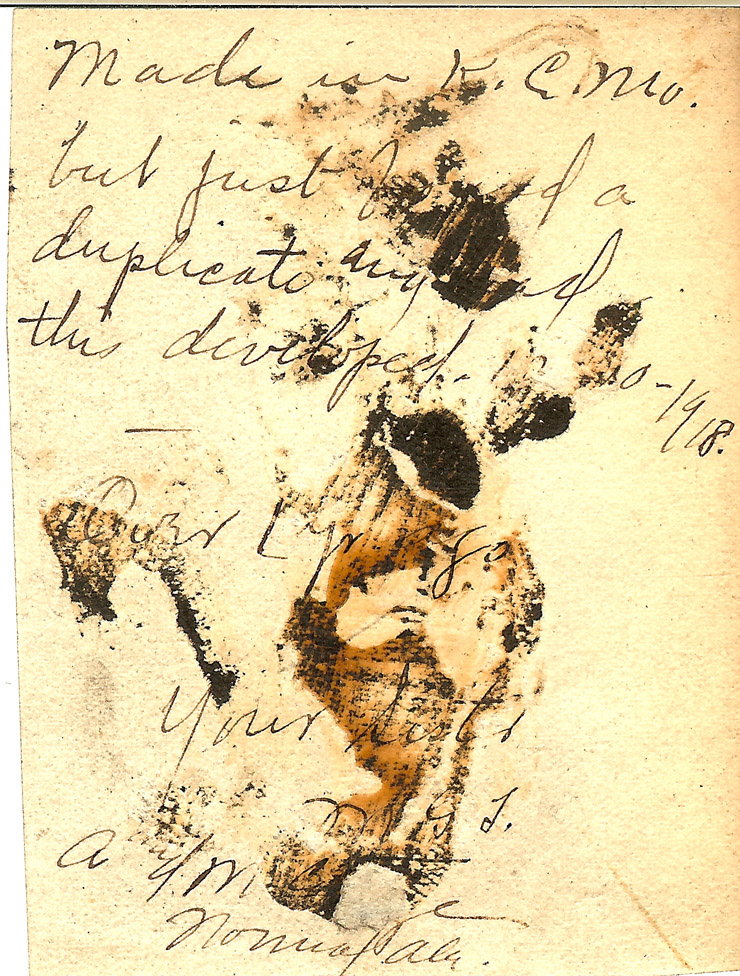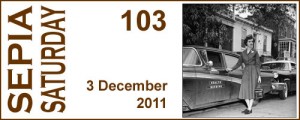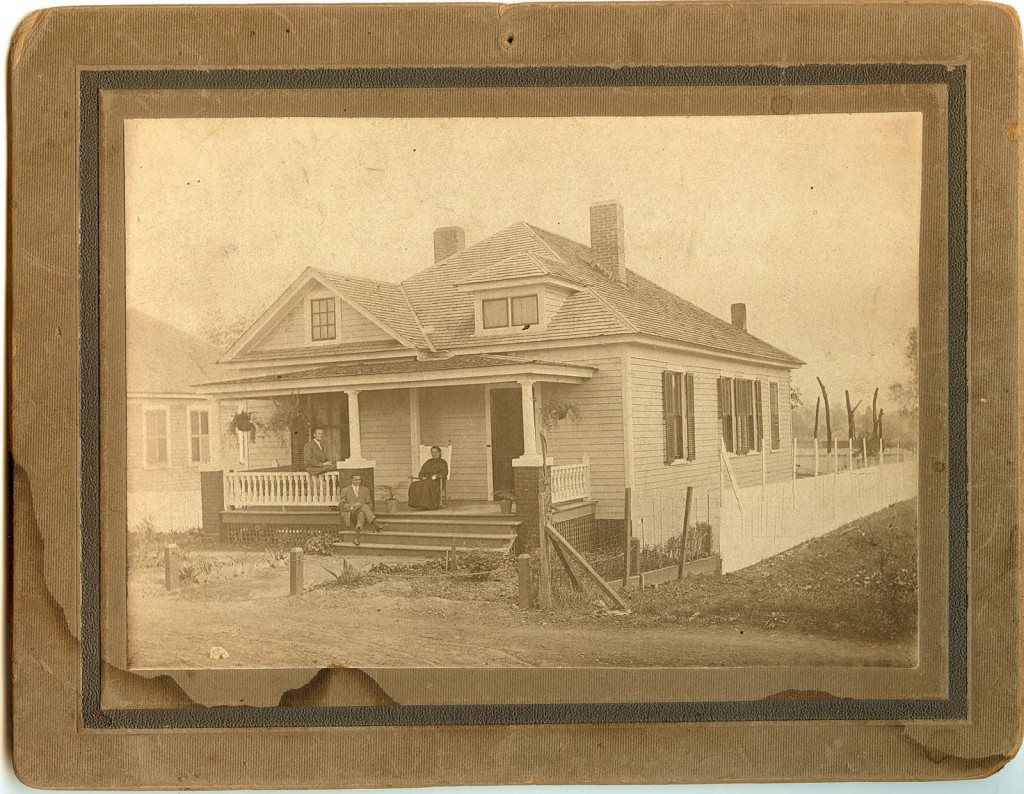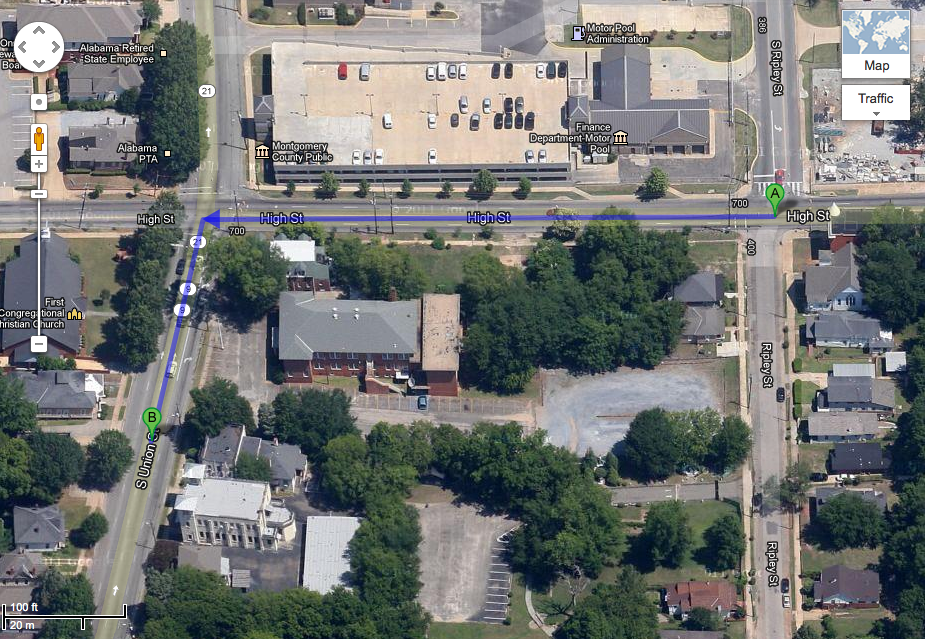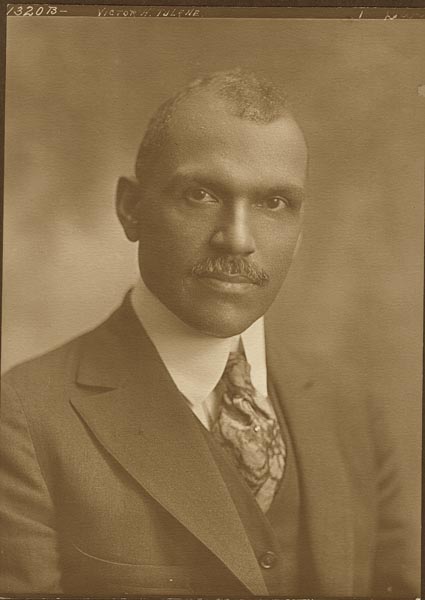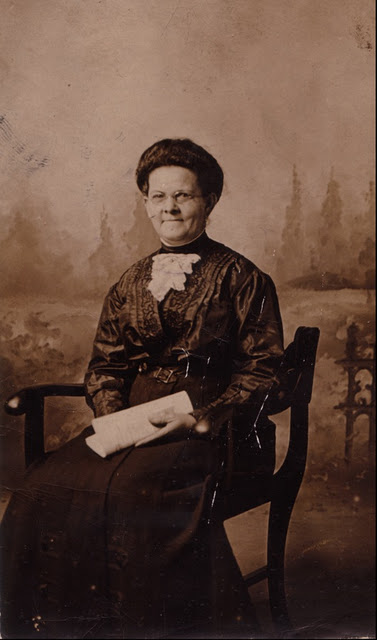This is my 4th year participating in the A-Z Challenge. I am writing about people who were born into slavery and lived to be free. Sometimes I also write about their descendants who were born after slavery.
In 1880 Nelson Graham and his family lived a few houses from Ed Patterson and his family in the Peacock Track in Montgomery, Alabama. Both households held a couple and five children. In Nelson and Caroline’s house only their 21 year old Fannie still lived at home. There were also four grandchildren – thirteen year old Willie Graham, six year old Duncan Wilkerson, five year old Sarah Powell and three year old Irene Holtzclaw. Nelson worked as a drayman. Fannie was a house servant. The two older grandchildren were in school and the two little ones were at home. Caroline did not work outside of the house. Neither of the parents were literate but the younger ones were.
At the Patterson home in 1880, Ed was a carpenter, his wife Anna kept house. She was listed as deaf. Their children were young, nine year old Katie, six year old Anna, five year old Mary E., three year old Eddie and one year old Mary A.V.G.. The parents were literate. The two older children were in school.
Twenty years have passed and by 1900 Nelson Graham and his family have disappeared from the records. The Patterson family had moved to Clay Street where they owned their house free and clear. The young children from 1880 were now grown and out of the house. Their twenty year old daughter Gertrude and sixteen year old son Neamiah attended school. Twenty two year old Irene Holtzclaw was also a member of the Patterson household and was identified as Patterson’s adopted daughter. Ed and Anna’s daughter Mary Ella had married William H. Holtzclaw. Mary Ella and William were both graduates of Tuskegee Institute in Tuskegee, Alabama.
On October 10, 1900 Irene Holtzclaw married Samuel Dupree, a widower. Their daughter Ethel Mae Dupree was born the following year. Samuel worked as a laborer in the early years and ended up as a grocer. I found Samuel in a number of Montgomery city directories but was unable to find the family in the 1910 census. Their address was listed as 343 Jeff Davis Ave. with the store located at 216 S. Hold. After combing the second ward in which those streets are located, I found the house at 343 Jeff Davis Ave. Instead of Sam and Irene and baby Ethel Mae, I found Jim Dupree, Sam’s father living there with his family. No sign of Irene and her family. I did stumble across others that I knew as I went page by page through the three enumeration districts located in the 2nd ward, I saw Ed Patterson, now a widower but still worked as a carpenter. His son Neamiah was living with his brother’s family. I saw my 2X great aunt Beulah Allen Pope and her family. But no Irene Holtzclaw Dupree.
In 1911 Samuel and Irene’s daughter Margaret was born. I cannot find a death record for Irene, but in 1915 Samuel then 45, married Ella Albritton age 21. In the 1920 census he was described as a retail merchant. Everybody in the house was literate. Nineteen year old Ethel and nine year old Margaret both attended school. The family owned their home free of mortgage. A few blocks away, at 235 Jeff Davis lived my Aunt Beulah and her family.
Loose Ends
In 1922 Samuel Dupree died. He was 53 years old. In 1927 daughter Ethel died at age 26. In 1930 daughter Margaret, now 19, was living with her stepmother Ella, in the house on Jeff Davis. They have a border who is a brakeman on the railroad. Ella was a waitress at a cafe. Margaret was in school. They didn’t own a radio. I lost track of Margaret but Ella stayed in the old home and worked as a cook through the 1940s and into the 1950s, even starting her own cafe. She died in 1958 at 63 years old.
Irene Holtzclaw, led me a merry chase through the records as I traced her life. Some things are still a mystery – who were her parents? When and of what did she die? Did she have more children in the years I lost her? I enjoy searching in Montgomery because I always run across relatives and other people I know.

